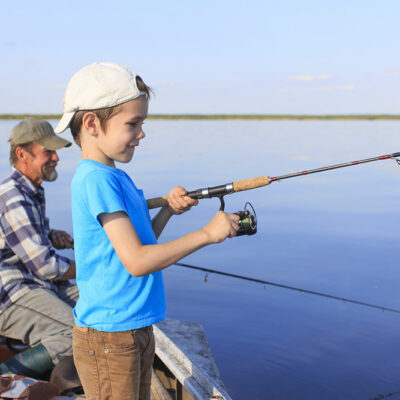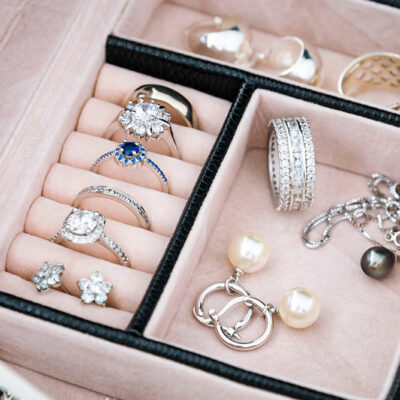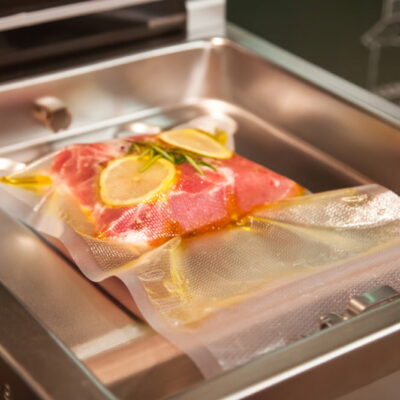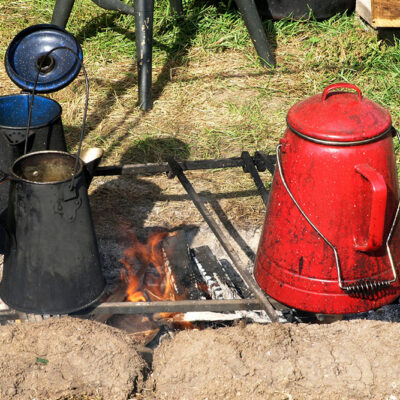
5 common fishing mistakes to avoid
Fishing has been a prominent activity for centuries—for some as a sport and others as a livelihood. As fish is packed with protein, omega-3 fatty acids, and other nutrients, it is a popular meal of choice. Besides, fishing is an enjoyable recreational activity that can help people bond. Regardless of why one chooses the activity, securing a good catch involves using the right tactics and being patient. So, here are common fishing mistakes to avoid: 1. Ignoring weather conditions Fishing can become risky if the region’s weather conditions and predictions are not considered. So, before setting out to fish, it is important to check the current weather conditions along with the forecast to ensure one does not venture around or into a water body amid stormy weather. 2. Not looking up the fishing spot beforehand When it comes to fishing, determining the right place or water body is as essential as timing the catch. So, it is important to do a little research to find out key details regarding the place beforehand. This can involve learning about aspects like the depth of the water, whether it is a fresh-water or salt-water body, its popularity as a fishing destination, and the breeds of fish that may be found in the water body.
Read Article 









